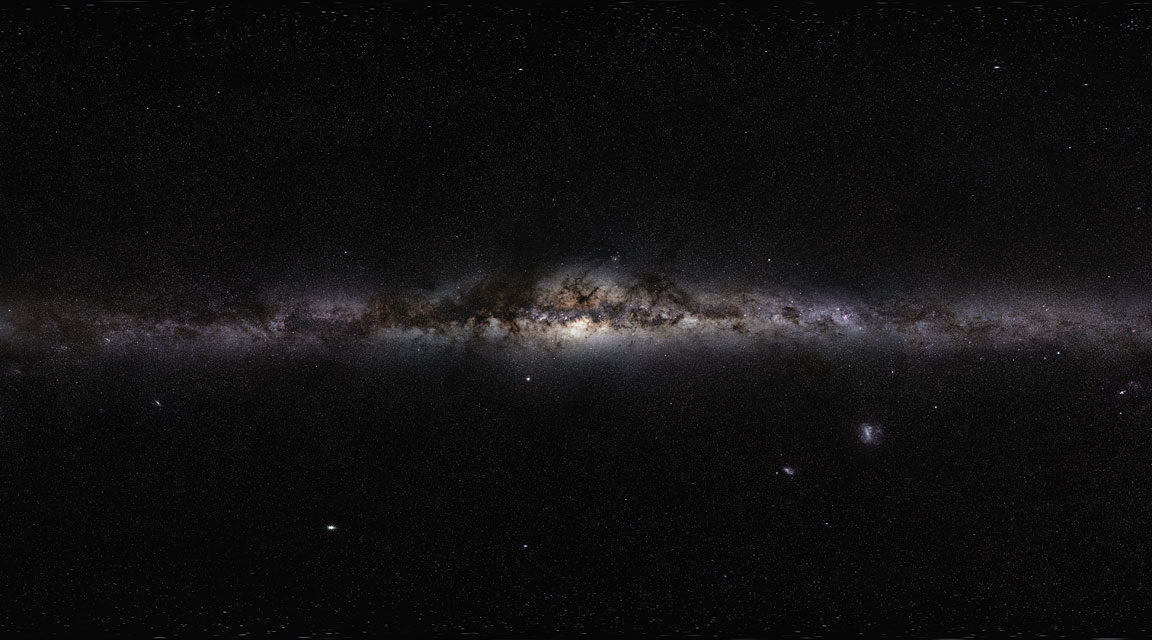
"Scientists have identified dark matter spirals in galaxy simulations, revealing that dark matter interacts more dynamically with galaxies than previously thought."
"These findings indicate dark matter is not just a passive element but may influence star formation and galactic rotation across cosmic timescales."
Recent studies have shown that dark matter's role in galaxies is more active than previously understood. By running simulations that mimic the evolution of particles like stars and gas, researchers discovered dark matter spirals that lag behind stellar arms. This indicates an interaction with the gravitational influence of stars, suggesting dark matter may impact star formation and galactic rotation. Furthermore, detecting these spirals in real galactic structures, such as the Milky Way, could provide deeper insights into galaxy evolution.
Read at Ars Technica
Unable to calculate read time
Collection
[
|
...
]